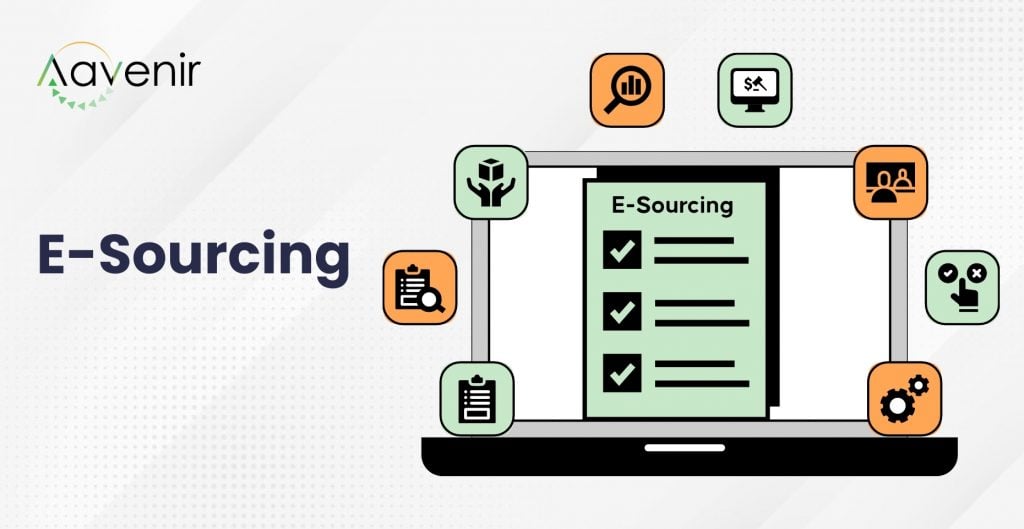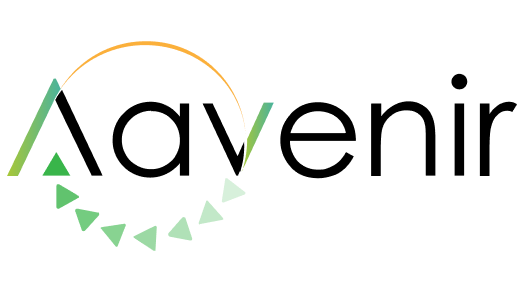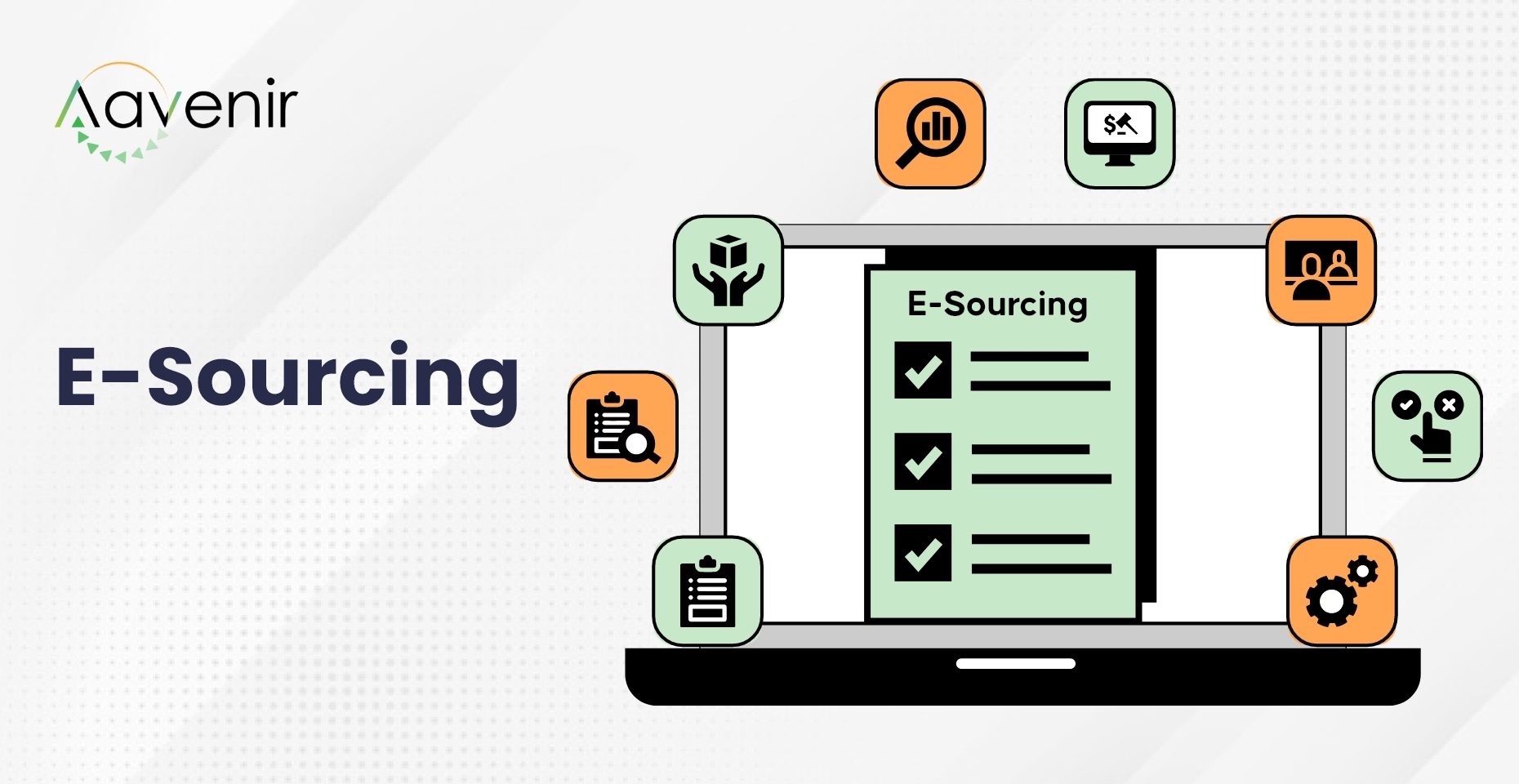What is E-Sourcing? – Definition
Let’s first define sourcing before moving on to e-sourcing. Sourcing occurs when an organization wants to spend money on purchasing goods or services. Sourcing entails analyzing the company’s needs, researching the supplier’s or market’s history, negotiating and collaborating with present and potential suppliers, and drawing contracts.

E-Sourcing merely adds an electronic dimension to business conducted online through a web-based platform, which is the standard in today’s world of digitalization. E-sourcing solutions provide numerous advantages. First, they are designed to help organizations generate savings from their supply chain operations, boost the visibility of vital business information, and minimize the amount of time procurement experts spend on day-to-day activities. Second, ESourcing software manages all facets of sourcing strategy, from negotiations to contract administration. Third, buyers gather information on suppliers, such as their products, services, and pricing. The e-sourcing software then organizes, normalizes, and compiles the information to make viable comparisons and understand what customers want.
Benefits of E-Sourcing
eSourcing offers several benefits to businesses. Some of the most popular are mentioned below:
- Cost Savings: Procurement teams can achieve significant cost savings by using eSourcing to access a wider pool of suppliers and diverse eAuction strategies. This increases competition and results in better price discovery.
- Saves time and boosts efficiency: In addition, electronic sourcing reduces the time required to award a contract. It accomplishes this by cutting down on the amount of time & effort procurement specialists spend on the tendering process, allowing them to focus on other activities.
- Leverage Transparency and Supplier Data: With the use of online portals and software, all parties involved have access to information about the items, delivery time, pricing, status, and so on.
- Strengthens Compliance: All information/documents pertaining to purchased goods are kept in one location, making audits easy. A transparent approach also makes it easier to comply with regulatory procedures by providing information on how and why a supplier was chosen.
Conclusion
E-sourcing and e-procurement are two halves of the same coin. Both halves are equally crucial for efficiency, cost savings, and supplier relationship management. E-procurement would be meaningless without e-sourcing. E-sourcing is essential for ensuring that goods and services are purchased at the best possible price and that a contract is signed. E-procurement ensures a smooth flow of products and services based on the contract awarded to the supplier during the sourcing process.


